Hyper realistic animatronic dolls come to life in Diego Marcon's new film
Spectacle meets surrealism in Diego Marcon’s latest film, 'La Gola'
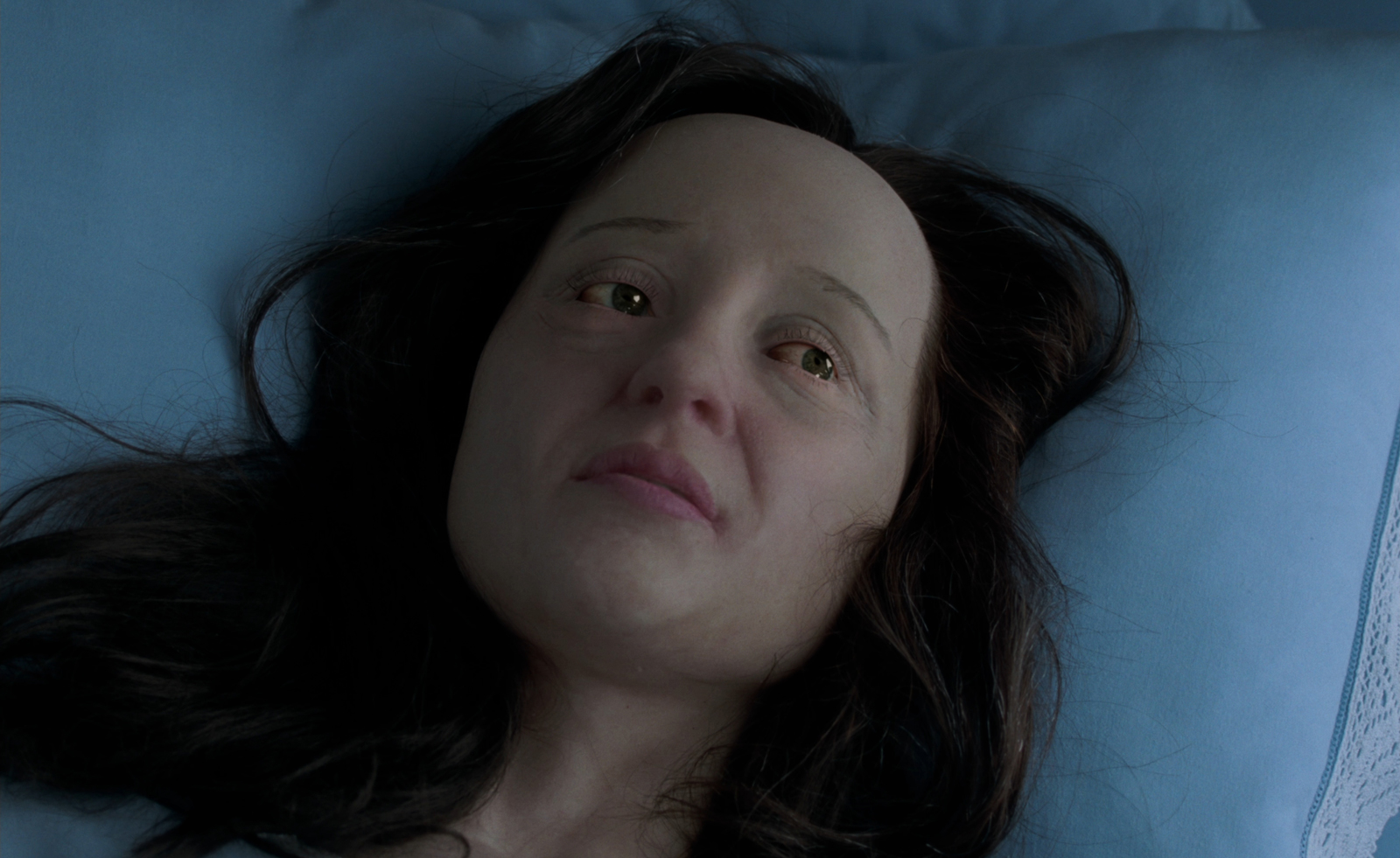
In Diego Marcon’s new exhibition at Kunsthalle Wien, the Italian artist’s signature penchant for melodrama begins on entry. A Lynchian, floor-to-ceiling red stage curtain greets visitors, beyond which, the artist has covered the entirety of the museum’s ground floor in a matching red carpet, with a small island of red cinema seating the only feature in an otherwise empty space.
This dramatic mise-en-scene is typical for Marcon, who has previously shown his films in miniature puppet theatres (Dramoletti, 2023) and Renaissance-era Venetian hospitals (Nebula, 2024). In Vienna, the space’s transformation offers a fitting blend of spectacle and surrealism, elements that coalesce with unsettling effect in Marcon’s latest film, La Gola.
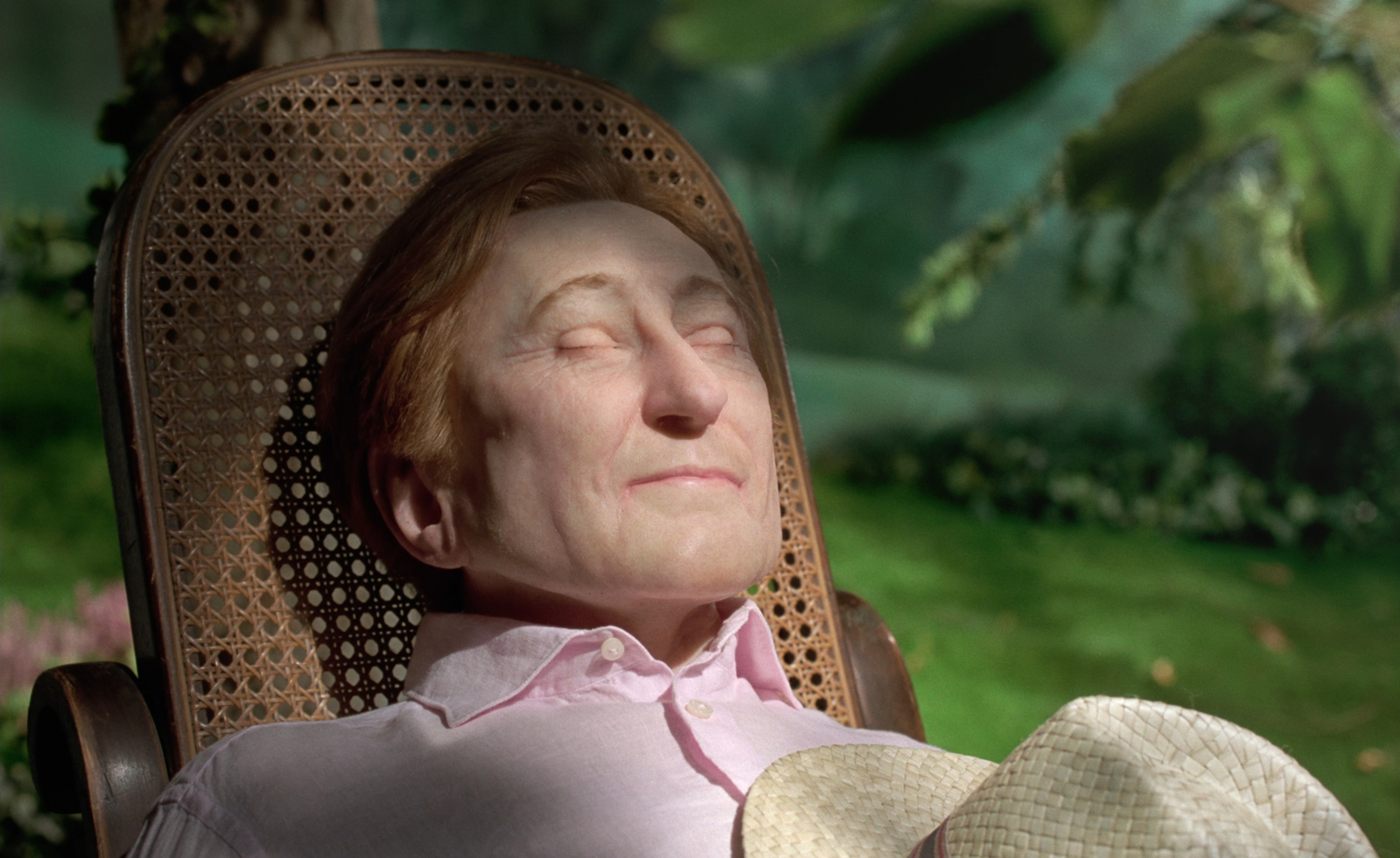
Diego Marcon, La Gola, 2024, still
Literally translated as ‘the throat’, but with a figurative connotation of gluttony (golosità), La Gola sees plenty of talk but not much listening. The epistolary film follows an evocative back and forth between Gianni and Rosanna, two hyper realistic animatronic dolls bound by an unknown relationship yet separated by opposing predicaments. Gianni’s world is one of pure pleasure. Amid birdsong and sunshine he recalls successive courses of an elaborate menu in rapturous detail. Rosanna, meanwhile, pictured in nocturnal gloom, is caring for her dying mother, whose condition graphically deteriorates with each correspondence.
Marcon toys with this paradox and the accompanying sense of Lacanian jouissance, the transgression of a subject's regulation of pleasure so that pleasure becomes indistinguishable from pain. In La Gola, Marcon presents pleasure and pain, creation and decay, food and death as equally visceral and inextricably connected. While Gianni swoons over the “delicate flesh” of a venison, or the “creamy filling” of a Torta Fedora, Rosanna describes her mother’s “glistening flesh”, covered with blisters that “ooze…a syrupy fluid.”
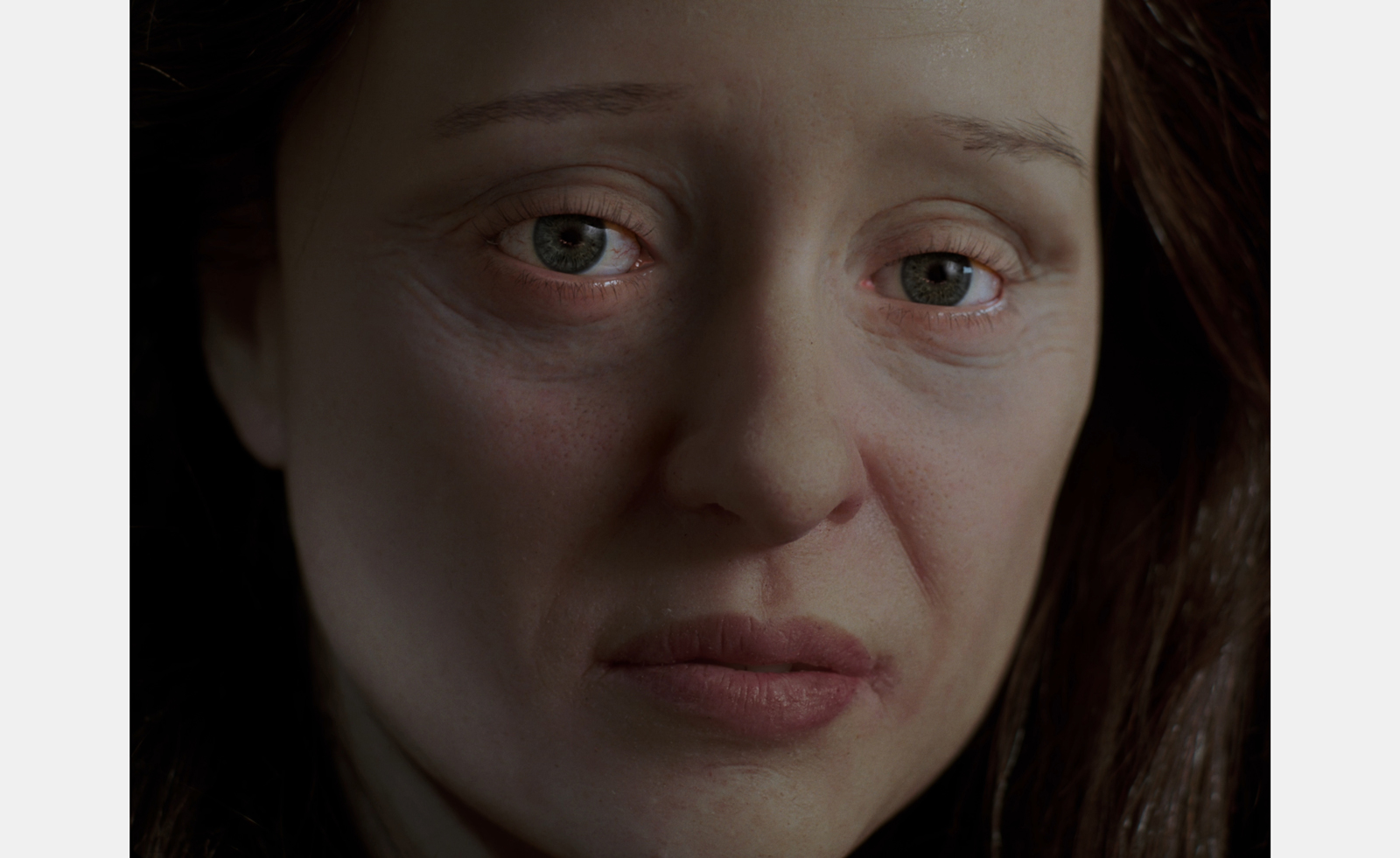
Diego Marcon, La Gola, 2024, still
Neither doll’s mouth moves, their monologues delivered as narrations, yet their faces are far from impassive. Using CGI, Marcon delivers emotion exclusively through the eyes: which at times are closed in fond reminiscence, at others frenzied and swimming with tears. Building to a dramatic climax (death and desert) with the film’s organ-based score, at no stage do these monologues interact to become conversation, instead sliding past one another in an indulgence of technical description.
Marcon, who wrote the film’s screenplay, describes La Gola’s dialogue as “pornography of language”, mirroring the impotence of current political discourse: sensationalist but self-absorbed and deliberately ambiguous. Of equal importance to Marcon are the cinematic codes he uses as tools of communication: the operatic organ, the considered eye movements, the archetypal gender roles or juxtapositional use of lighting and backdrop. All are representative of universal film tropes that shape our shared psychological, emotional and visual landscapes. Marcon’s films operate inside these familiar parameters to “pervert from within”, producing surreal, singular moments which, like a dream, leave you with questions and a sense of the uncanny.
La Gola can be viewed at Kunsthalle Wien until 2 February 2025
Receive our daily digest of inspiration, escapism and design stories from around the world direct to your inbox.
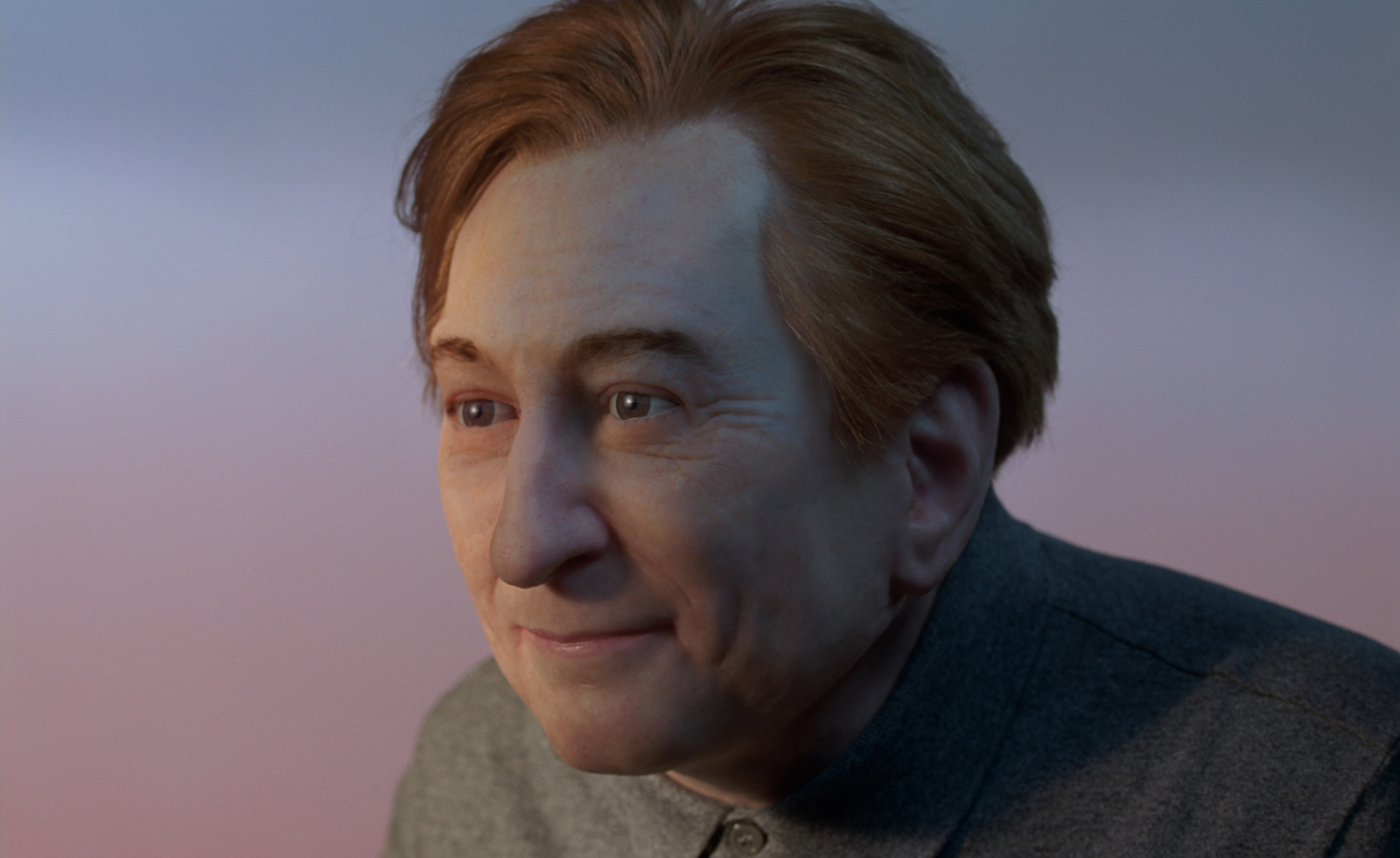
Diego Marcon, La Gola, 2024, still
Finn Blythe is a London-based journalist and filmmaker
-
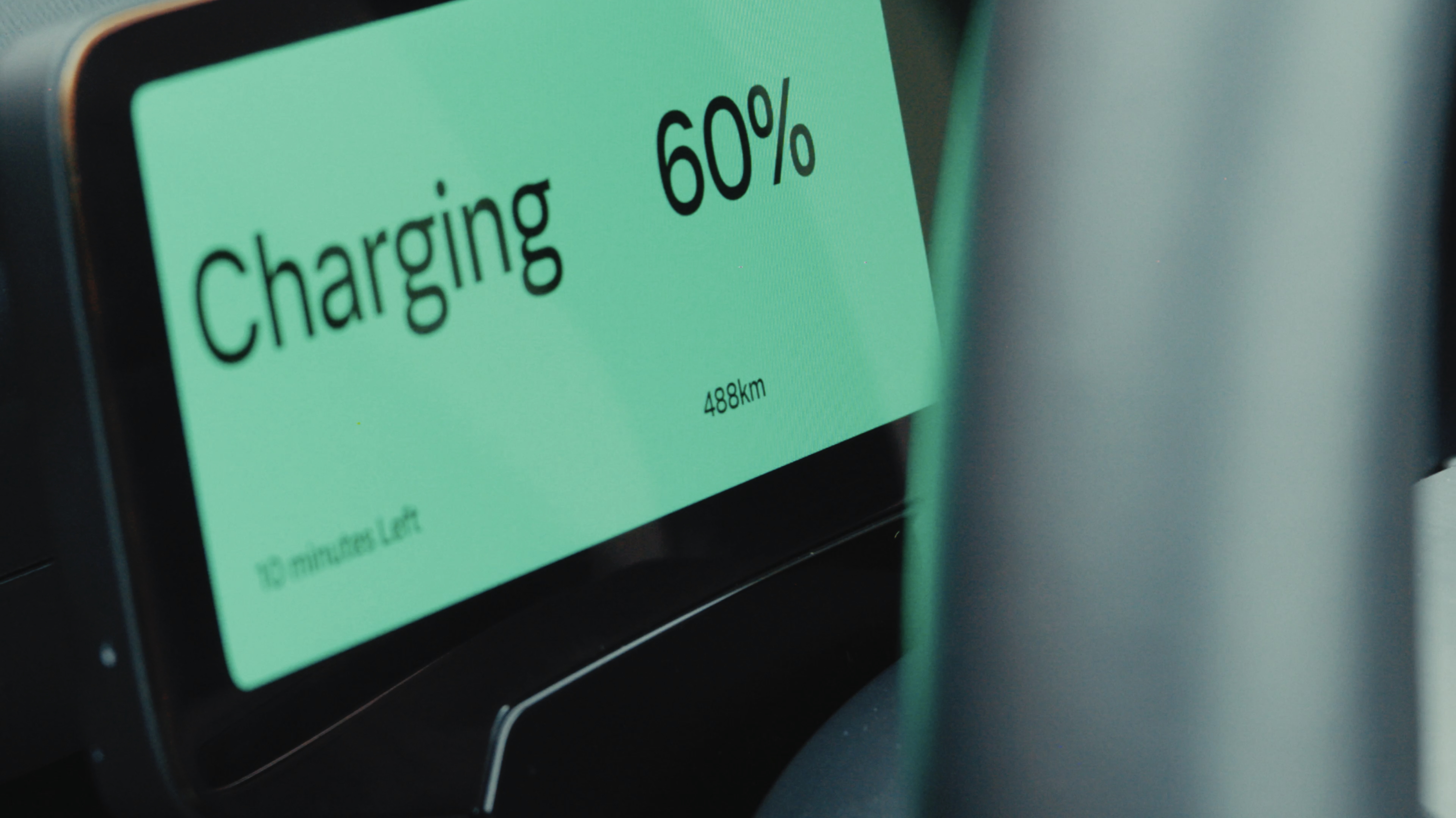 Volvo’s quest for safety has resulted in this new, ultra-legible in-car typeface, Volvo Centum
Volvo’s quest for safety has resulted in this new, ultra-legible in-car typeface, Volvo CentumDalton Maag designs a new sans serif typeface for the Swedish carmaker, Volvo Centum, building on the brand’s strong safety ethos
-
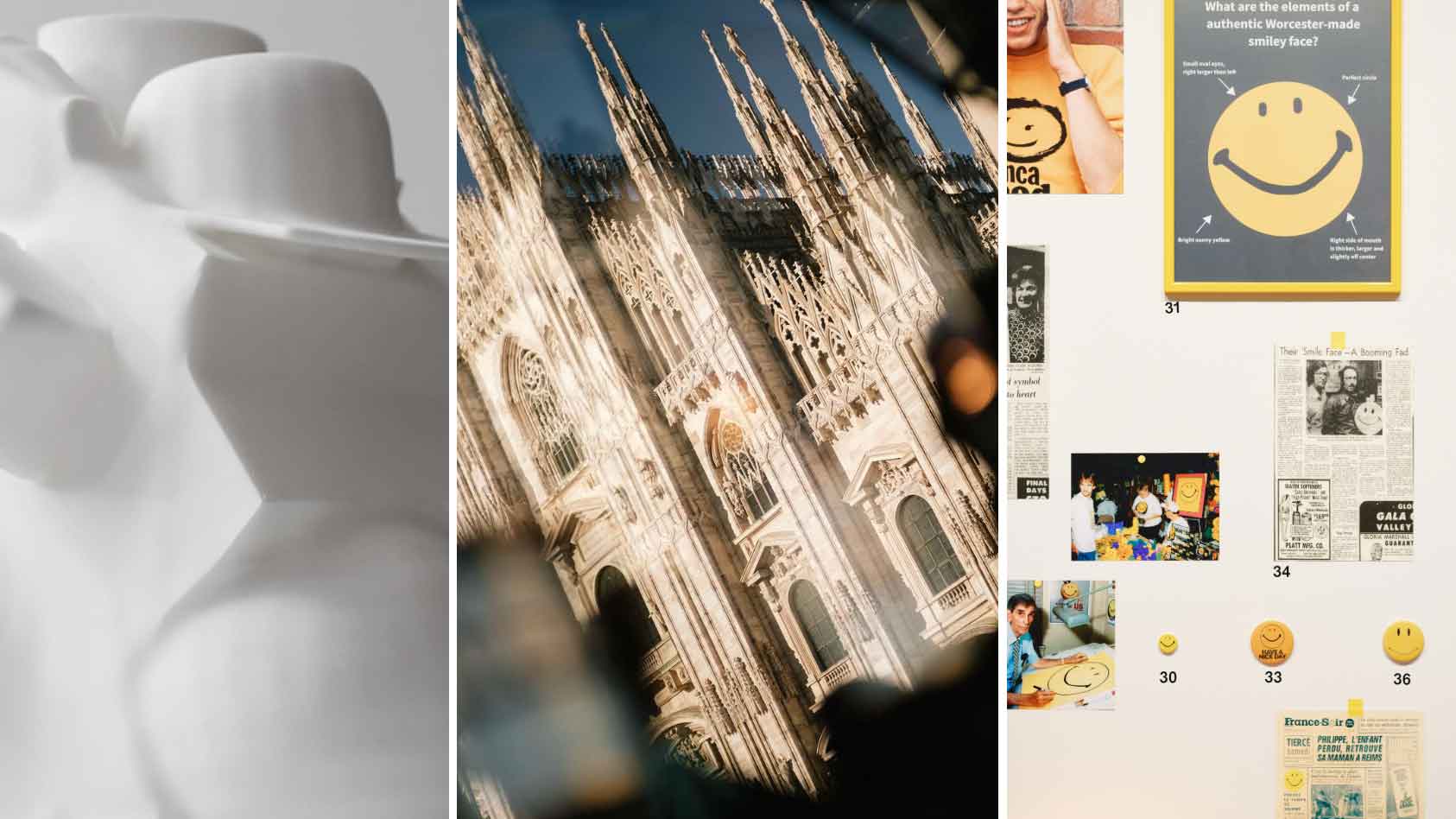 We asked six creative leaders to tell us their design predictions for the year ahead
We asked six creative leaders to tell us their design predictions for the year aheadWhat will be the trends shaping the design world in 2026? Six creative leaders share their creative predictions for next year, alongside some wise advice: be present, connect, embrace AI
-
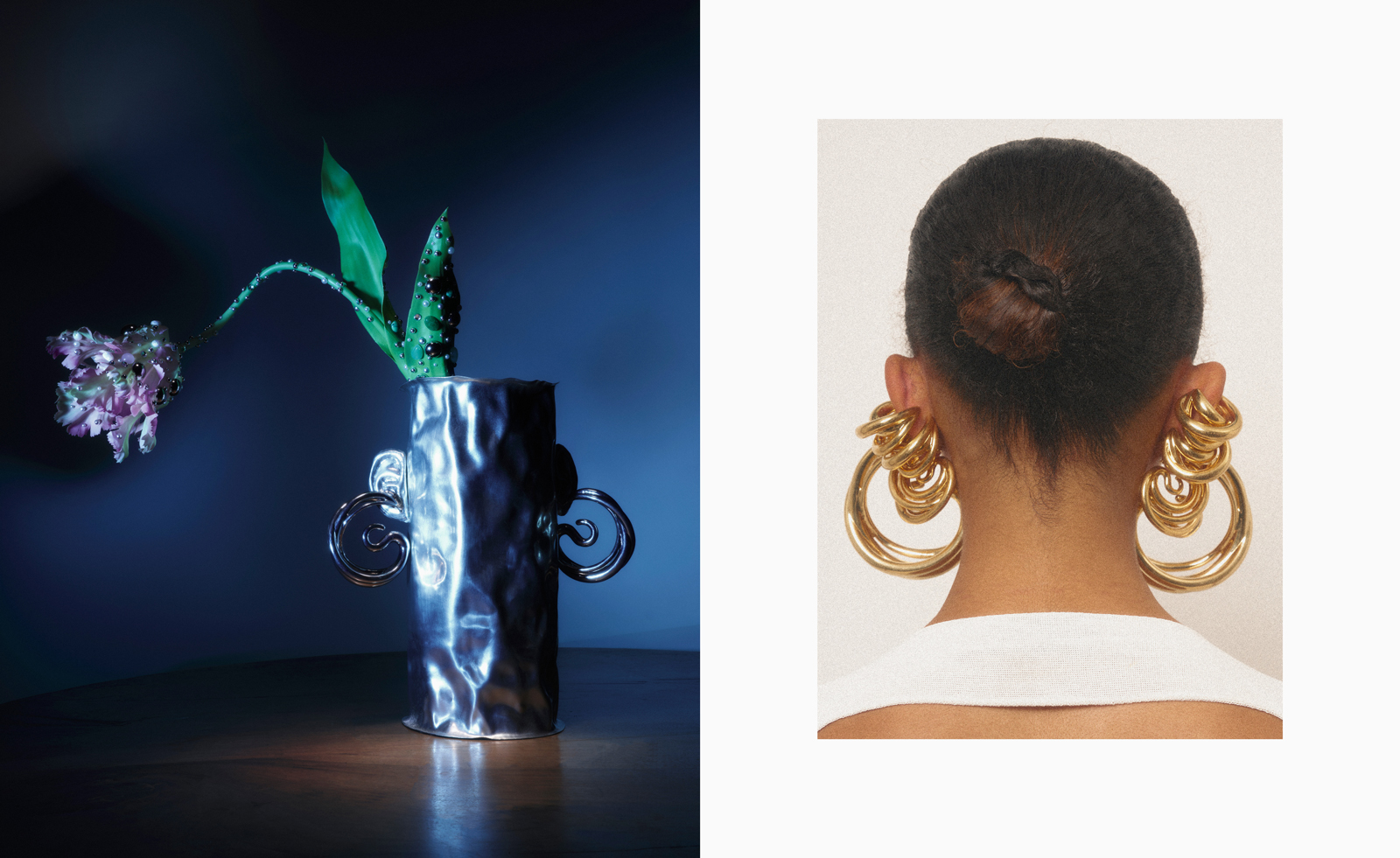 10 watch and jewellery moments that dazzled us in 2025
10 watch and jewellery moments that dazzled us in 2025From unexpected watch collaborations to eclectic materials and offbeat designs, here are the watch and jewellery moments we enjoyed this year